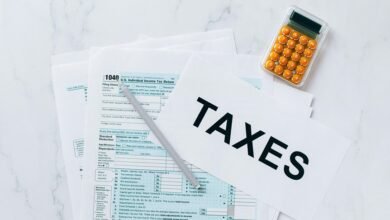Fraud Data Access Support Hotline Caller Validation 3510823100 3458415593 3293687809 3661315590 3807848515 3282488218

The Fraud Data Access Support Hotline employs a system of caller validation numbers to enhance security during fraud reporting. These numbers, including 3510823100 and 3458415593, serve as a crucial tool for verifying the identities of callers. This practice not only establishes trust but also mitigates the risk of unauthorized access. However, the technology and protocols behind this verification process merit further examination to understand their effectiveness and implications for user safety.
Importance of Caller Validation Numbers
While the increasing sophistication of fraud schemes poses significant risks to organizations, the implementation of caller validation numbers serves as a critical line of defense.
These caller authentication methods enhance security by verifying identities, thereby reducing the potential for unauthorized access.
Coupled with robust fraud detection techniques, they create a formidable barrier against fraudulent activities, ensuring organizational integrity and protecting sensitive data from malicious threats.
Technology Behind Caller Verification
As organizations seek to fortify their defenses against fraud, the technology behind caller verification has evolved to incorporate advanced methodologies that enhance security protocols.
Biometric authentication and voice recognition are at the forefront of this evolution, allowing systems to analyze vocal patterns and physiological traits.
This integration not only improves accuracy but also significantly reduces the risk of unauthorized access, fostering a more secure environment.
Enhancing Security Protocols
To bolster defenses against fraud, organizations must adopt a multifaceted approach to enhancing security protocols.
Implementing biometric authentication can significantly improve identity verification processes, ensuring that only authorized users gain access.
Additionally, robust encryption methods safeguard sensitive data during transmission and storage, thwarting potential breaches.
Together, these strategies provide a fortified security framework that prioritizes user freedom while minimizing vulnerabilities to fraudulent activities.
Protecting Against Unauthorized Access
A comprehensive strategy for protecting against unauthorized access is essential for maintaining the integrity of sensitive information.
Effective access control measures, such as multifactor authentication and role-based permissions, can significantly reduce vulnerability.
Regular audits and employee training further enhance security, ensuring that individuals understand the risks associated with unauthorized access.
Implementing these practices fosters a culture of vigilance and responsibility toward data protection.
Conclusion
In the realm of fraud reporting, caller validation numbers serve as a sturdy lighthouse guiding ships through treacherous waters. They illuminate the path of secure communication, ensuring that only legitimate vessels can dock at the harbor of assistance. By fortifying security protocols, this numerical sentry protects against the lurking shadows of unauthorized access, allowing individuals to navigate their concerns with confidence. Thus, the hotline stands as a vigilant guardian, fostering trust and safety in a world fraught with deception.





